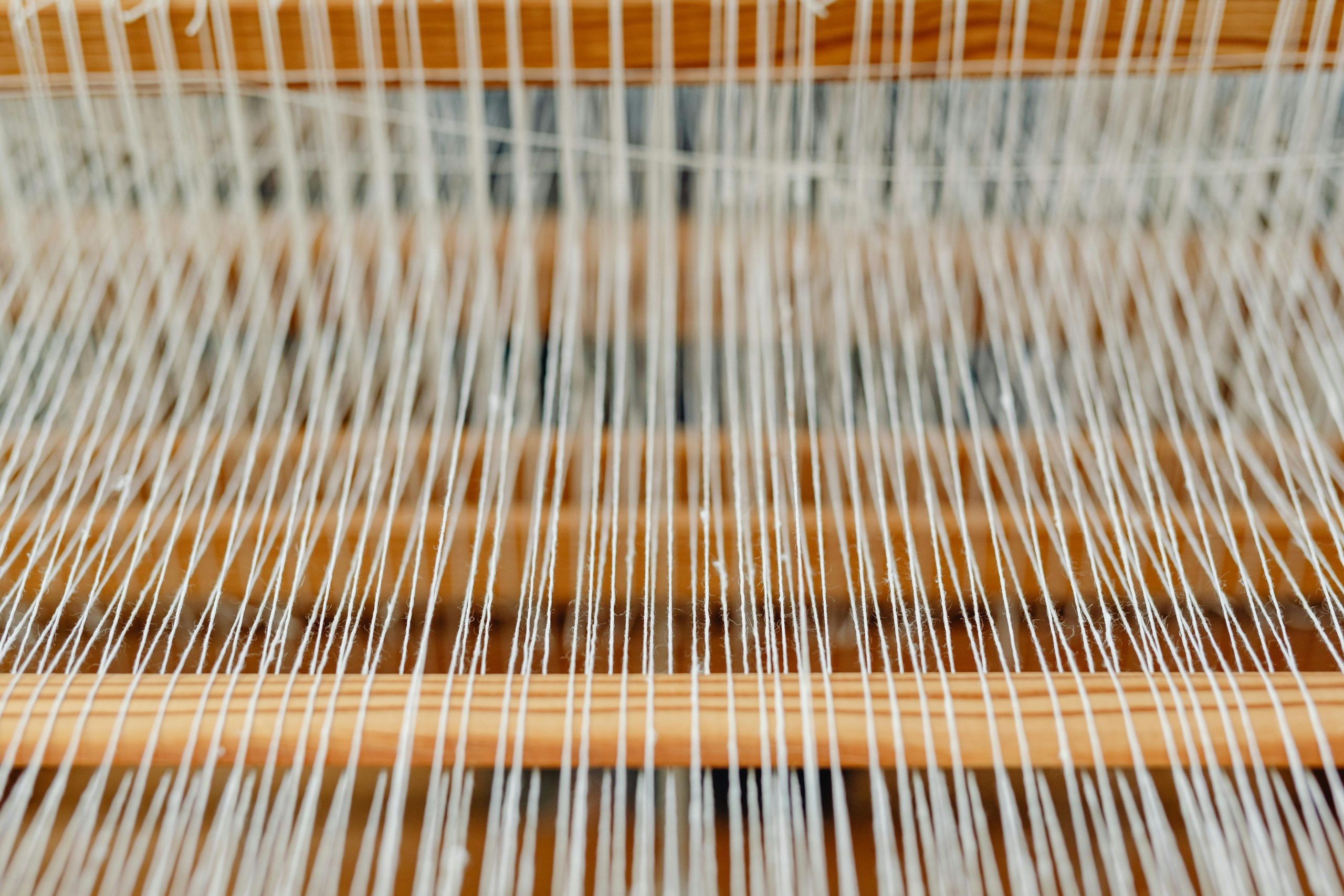Japan has developed the strongest fiber in the world – five times stronger than Kevlar

In a laboratory in Tokyo, Japanese scientists have made a breakthrough in materials engineering: they have created a synthetic fibre that is five times stronger than Kevlar and significantly lighter. The new material is called Tsuno-Fiber and was inspired by one of the strongest natural materials – spider silk.
Spider silk has long fascinated scientists with its combination of strength and flexibility. Its secret lies in the unique structure of protein chains that alternate between crystalline and amorphous arrangements. It is this property that the Japanese team sought to replicate – and succeeded. Using advanced polymer folding and alignment techniques, they created a fibre with a strength exceeding 6 GPa and exceptional elasticity.
Production takes place using the electrospinning method, in which molecular chains are layered under precisely controlled temperature and humidity conditions. The result is a material that absorbs five times more kinetic energy than Kevlar – and is resistant to UV radiation, high temperatures, water, acids and microbes.
The possibilities for its use are extensive. Military applications are obvious – bulletproof vests, helmets, shields. But thanks to its flexibility, Tsuno-Fiber can also be used in medicine (e.g. as surgical sutures), in the construction of deep-sea cables or even as ‘tendons’ for exoskeletons. In tests, a 1 mm thick sheet was able to stop a 9 mm bullet without penetration and without losing its flexibility. What’s more, it is recyclable – unlike Kevlar or carbon fibre, Tsuno-Fiber can be broken down and reused with minimal loss. Scientists are already working on incorporating it into textiles – developing lightweight, breathable fabrics that will be stronger than steel but also suitable for extreme climatic conditions.
Tsuno-Fiber is proof of what happens when science stops merely copying nature – and begins to develop its principles with precision engineering.
Zdroj foto: www.pexels.com
Author of this article
WAS THIS ARTICLE HELPFUL?
Support us to keep up the good work and to provide you even better content. Your donations will be used to help students get access to quality content for free and pay our contributors’ salaries, who work hard to create this website content! Thank you for all your support!




OR CONTINUE READING